
Organizations in the public sector are wide-ranging in terms of their functions and responsibilities. However, there are some key similarities across the entire sector that play an active role in defining success and are worth considering. First, there’s the idea of communication with employees in the field. It’s a must for any organization, but it’s especially important for those in the public sector, where situations may often be more time sensitive or mission critical. Ensuring your communication channels are resilient helps eliminate the potential for missed messages or assignment errors to occur. Task distribution being optimized is another crucial element of success for your public sector organization, as your employees need to be provided with the knowledge and adequate bandwidth to get their assignments complete (while not being overscheduled). Lastly, collecting valuable feedback and data helps your team better serve the public and consistently improve how your workforce operates. Studying information about your workforce is how to make smarter, more informed decisions for your organization.
Let’s explore each of these topics a bit further and go over some details regarding how to develop these aspects of operations for your public sector organization and attain greater success.
Real-time communication channels that are resilient.
Whether your organization has employees in the field or not, an ability to communicate with them in near real-time is important. However, for public sector organizations (which frequently have employees who are conducting work away from a set location each day), real-time communication from the office to the field is even more critical. When your organization has the power to relay new directives to employees who are away from HQ nearly instantly, it makes it easier for administrators to make changes to workflows and get more insight on what’s currently happening in the field.
Ensuring that your team’s communication channels are resilient is important too, which means retaining connectivity even during inclement weather or certain situations where it may be weakened. The consequences of inefficient communication can have severe impacts on your organization’s budget and reputation (as well as the safety of your employees in some situations). Fostering strong real-time communication can help your public sector organization thrive and better protect its resources.
Efficient task distribution and service management that balances workloads.
No matter what your employees’ responsibilities are, finding the balance between ensuring their schedules are adequately filled but that they aren’t overwhelmed with their workloads is key to providing the best service possible (and maintaining strong employee morale). Always being prepared for the unexpected is important (as is using data to identify and assign priorities), but so is being equipped with the right technology to do so.
Using a workforce management software to distribute work orders makes it easier for your dispatchers and field employees to exchange information about certain things they’ve been assigned. The time spent coordinating schedules and assignments can be greatly reduced via digital transformation, and a workforce management software also helps you get a bird’s-eye view of all outstanding work orders or jobs. It can help you effectively determine who on your team is available to take on new assignments. A field app for scheduling and dispatching empower your organization drive greater productivity and save money, as remote dispatching reduces unnecessary travel to HQ, fuel burn by department vehicles, and wasteful idle time by employees.
Collecting valuable feedback and information from both the public and your workforce.
Refine your operations by getting the right kinds of information from the people you’re serving. Learning how you can better serve the public through surveys or polls increases trust and helps you consistently optimize your processes. In a greater sense, collecting information about your workforce’s output also helps you identify any gaps in productivity or areas where efficiency could be improved.
Other types of data you should be collecting as a public sector organization are fleet and asset information. If your organization has a convoy of vehicles that its employees use regularly, knowing both where these vehicles are at all times and how they’re being operated is essential. Monitoring and curbing instances of excessive speeding, harsh accelerations or braking, and other types of unsafe driving behaviors in your workforce helps keep your employees (and the public) safer. It also helps you reduce potential costs from theft or wasted fuel. Fleet tracking software can help your organization gain critical statistics about its fleet operations, effectively monitor maintenance schedules for vehicles, and make smarter routing decisions. Adding this to your toolbox of ways to collect valuable insights makes it even easier to run a truly optimized workforce.
Ensure your public sector organization is equipped with all the necessary tools it requires to realize these primary three keys to success. With enhanced real-time communication, an emphasis on efficiently distributing tasks, and new strategies for collecting information, your team can ensure it stays connected and agile during day-to-day operations.
Share this post:
About the author : Andrew Forest
Drew Forest is a writer, marketer, and content creator. He enjoys traveling, fantasy football, and watching Tampa Bay sports teams win championships.
















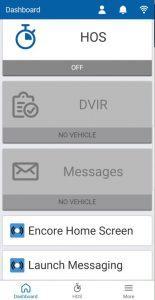
 Encore & Geotab Drive
Encore & Geotab Drive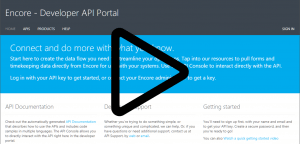
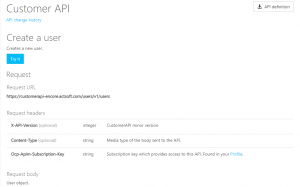
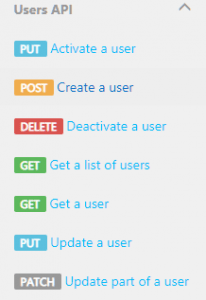
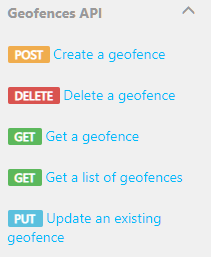
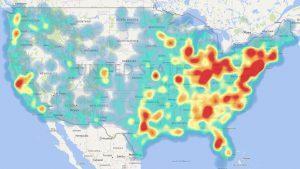
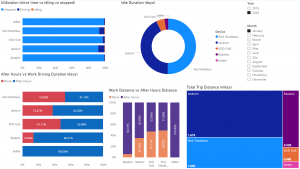
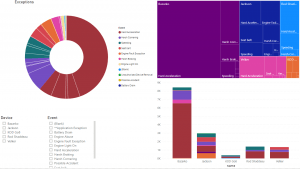
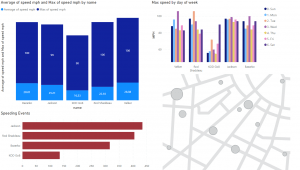
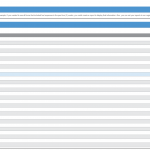
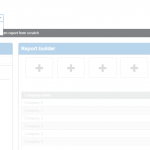
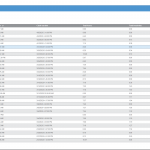
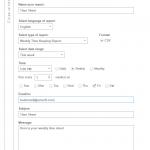



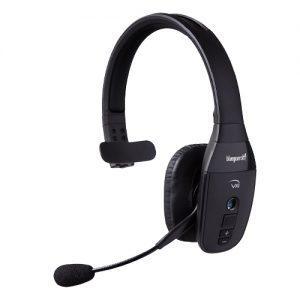
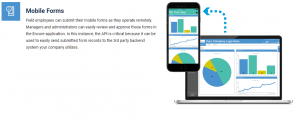
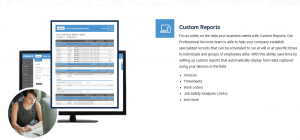
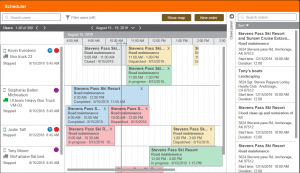
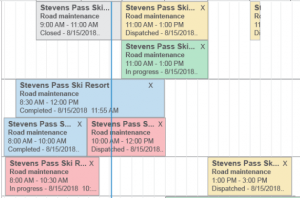
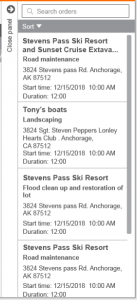
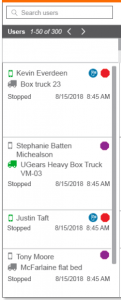
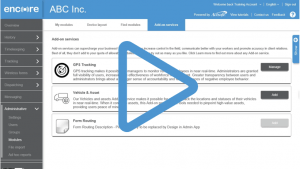
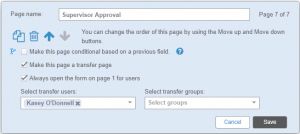
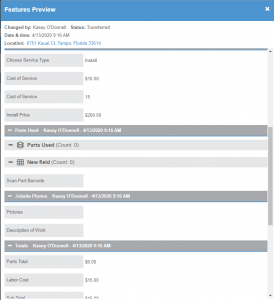
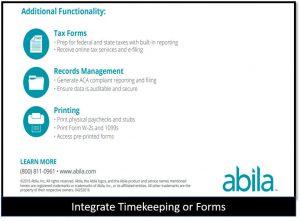
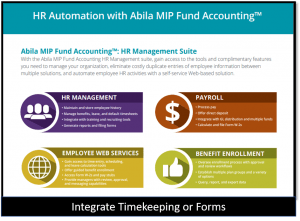
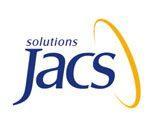
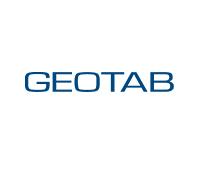 Gain even greater insight into the daily activities of your fleet using the combination of Geotab and Actsoft. Geotab devices provide detailed data collection and seamless integration with our solutions; learn more about the ways your vehicles are being used daily with the power of this tandem.
Gain even greater insight into the daily activities of your fleet using the combination of Geotab and Actsoft. Geotab devices provide detailed data collection and seamless integration with our solutions; learn more about the ways your vehicles are being used daily with the power of this tandem.

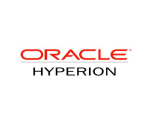
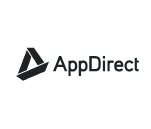
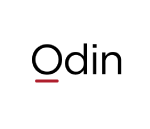 Actsoft partnered with Odin to provide our solutions overseas, through payment processing integrations. Odin helps us support user management for our software; customers can also purchase our products through Odin’s billing platform.
Actsoft partnered with Odin to provide our solutions overseas, through payment processing integrations. Odin helps us support user management for our software; customers can also purchase our products through Odin’s billing platform.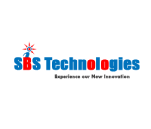
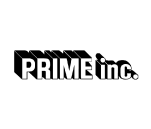
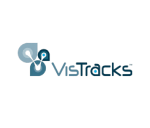 VisTracks powers our Electronic Logging Device (ELD) solution, which enables transportation businesses to easily automate their hours of service logs, remain in governmental compliance, and reduce their potential to incur costly fines.
VisTracks powers our Electronic Logging Device (ELD) solution, which enables transportation businesses to easily automate their hours of service logs, remain in governmental compliance, and reduce their potential to incur costly fines. Integration between Actsoft solutions and BeWhere’s software products is available. Take your team’s asset tracking, cellular data connectivity, and field insight a step further with effective, cross-application compatibility.
Integration between Actsoft solutions and BeWhere’s software products is available. Take your team’s asset tracking, cellular data connectivity, and field insight a step further with effective, cross-application compatibility.
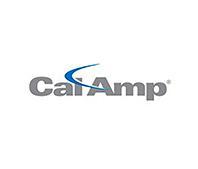 CalAmp tracking devices for vehicles and assets alike are compatible with Actsoft solutions, making it easy for you to efficiently monitor your equipment and fleet cars. Help your team enhance accountability, safety, and savings through a combination of easily installed hardware and intuitive software.
CalAmp tracking devices for vehicles and assets alike are compatible with Actsoft solutions, making it easy for you to efficiently monitor your equipment and fleet cars. Help your team enhance accountability, safety, and savings through a combination of easily installed hardware and intuitive software.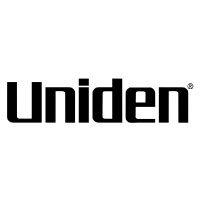 Our partnership with Uniden is ideal for companies looking to gain advanced diagnostics on their fleets. Uniden’s extensive product listing of car electronics like radios, dash cams, radar detectors, and in-vehicle communicators work in concert with Actsoft’s solutions to better connect your vehicles to the company headquarters.
Our partnership with Uniden is ideal for companies looking to gain advanced diagnostics on their fleets. Uniden’s extensive product listing of car electronics like radios, dash cams, radar detectors, and in-vehicle communicators work in concert with Actsoft’s solutions to better connect your vehicles to the company headquarters.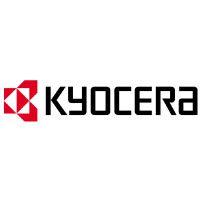 Kyocera offers a wide range of mobile devices, ranging in design from traditional phones to ultra-durable handset technology. Actsoft is able to equip organizations in a variety of different industries with solutions for improved business, while Kyocera supplies the technology they can flawlessly operate on.
Kyocera offers a wide range of mobile devices, ranging in design from traditional phones to ultra-durable handset technology. Actsoft is able to equip organizations in a variety of different industries with solutions for improved business, while Kyocera supplies the technology they can flawlessly operate on.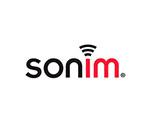

 Our software is the perfect complement to Apple’s user-friendly technology. Equip your workforce with the devices and solutions it needs for optimized productivity during daily operations with Apple and Actsoft.
Our software is the perfect complement to Apple’s user-friendly technology. Equip your workforce with the devices and solutions it needs for optimized productivity during daily operations with Apple and Actsoft.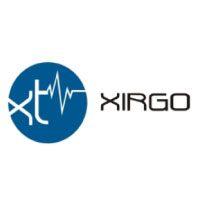
 Actsoft and Sanyo teamed up to merge intuitive business management software with the technology of today. This partnership allows us to provide you with all the tools your team needs for improved workflows, better coordination, and optimized productivity.
Actsoft and Sanyo teamed up to merge intuitive business management software with the technology of today. This partnership allows us to provide you with all the tools your team needs for improved workflows, better coordination, and optimized productivity. Motorola’s mobile technology works in tandem with our solutions to provide extra versatility to your business practices. Coupled with our software’s features, Motorola’s reliable devices make connecting your workforce simpler than ever to do.
Motorola’s mobile technology works in tandem with our solutions to provide extra versatility to your business practices. Coupled with our software’s features, Motorola’s reliable devices make connecting your workforce simpler than ever to do. We’re able to bundle certain solutions of ours (including our Electronic Visit Verification options) with Samsung devices to help your team achieve as much functionality as possible, while keeping rates affordable. Use these combinations for accurate recordkeeping, improved communication, and smarter data collection in the field.
We’re able to bundle certain solutions of ours (including our Electronic Visit Verification options) with Samsung devices to help your team achieve as much functionality as possible, while keeping rates affordable. Use these combinations for accurate recordkeeping, improved communication, and smarter data collection in the field.